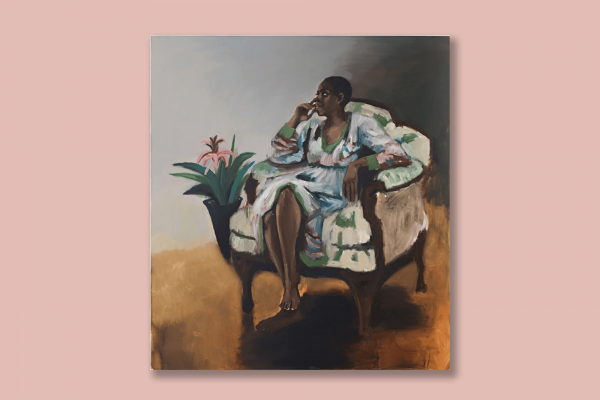Dear friend,
It was quite a year, wasn’t it? Some might say 2019 was grim: I wish I could disagree. I wish I could offer artwork to capture the world’s ills, move us to radical change, or even get us to be kinder to our neighbors. Unfortunately, there is no one piece existing on these terms.
Instead, I will tell you something I witnessed in 2019, hope and wonder that I tucked into my coat pocket because it reminded me of what the Kenyan filmmaker Likarion Wainaina said: “I want to make work that makes people more human.”
The following, my friend, is a human moment.
In October I attended a deeply moving talk at the Yale Center for British Art. Hilton Als, theater critic for The New Yorker and occasional curator, spoke about Lynette Yiadom-Boakye’s work and what it means to him. Yiadom-Boakye is a British-Ghanaian painter creating transcendent worlds with her brushes. The results are beautiful images of black people plucked from her imagination, combined with Western canonical influences—particularly Johannes Vermeer’s interiority and Alice Neel’s frankness. In his engagement with her style, Als toggled assuredly between philosopher Ludwig Wittgenstein, writer Jamaica Kincaid, artist J.M.W. Turner, and others.
Read the Full Article

